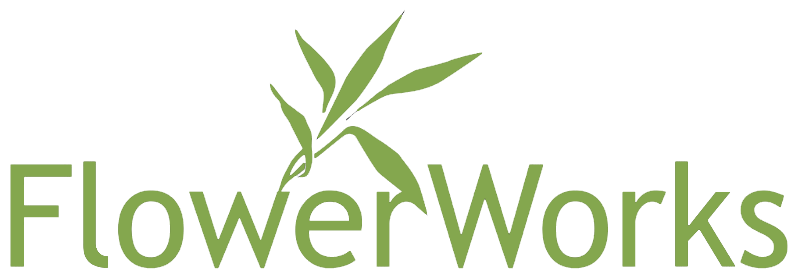-
Shop
- Tribute Portfolio
- Blog
-
Green Living
- About Us
- Contact
- Home
August 12, 2022

If you love to cook, chances are you’ve at least attempted to grow herbs in your garden before. These aromatic plants add a lot of flavor to dishes, bring herbal fragrance to the home, and may even have some medicinal properties. The other great thing about them is that they aren’t really all that difficult to grow. To get the best results, however, there are some special tricks to take advantage of, ensuring you get the most out of your herb garden.
What You’re Harvesting
When people think of herb gardens, some of the first herbs that come to mind are usually mint, oregano, basil, thyme, or rosemary. Herbs are typically best known for the harvesting of their leaves, but many herbs are also grown for their edible flowers, seeds, or roots. However, the harvesting process is different depending on which part of the plant is being collected.
How To Harvest
The best way to harvest herbs is to prune the plant throughout the growing season. This keeps the plant healthy and young and offers you the best possible yield. Make clean cuts with sharp tools or pinch them with your fingers, and remove the leaves or stems without damaging the plant. In some cases, this means cutting just above the soil, and in many cases, it means removing entire stems or branches. If done right, you’ll be able to keep harvesting more, as pruning the plant encourages new growth and slower maturity.
When To Harvest
When it comes to herbs, waiting too long can make the flavors less potent or bitter. You want the essential oils, and that means you need to know when to start harvesting. In many cases, it’s earlier and more often than you might expect.
For leaves, you often want to start harvesting as soon as possible, and this means doing it before the plant begins to flower. As herbs can grow quickly, you want to check your plants every week or every other week to prune more leaves. The goal is to get to them before they begin producing flowers, and this means coming back often and keeping the plant from reaching maturity.
For the seeds and flowers, it’s a different story. You need to wait for the plant to mature, but you don’t want to wait so long that the edibility decreases or the seeds get dispersed.
The Scraps
After you use and fully harvest your herbs, you’ll be left with inedible plant scraps. Don’t just throw these away, compost them! By returning plant waste to the Earth, it becomes food for the bugs and worms. This in turn creates nutrient-rich soil to help nourish and grow more plants.
There are many herbs available with many different uses, and by planting them, you may start to appreciate plant life just a bit more. Interested in knowing more? You can read more about caring for plants and flowers, or contact us if you have any questions or if you would like to pick up a new green friend of your own.
January 28, 2025
The winter months bring on a season of rest for your outdoor plants, but it is also a season of rest for your indoor plants as well. Even though indoor plants do not have to experience cold temperatures, snow, and frost, the conditions for growing plants are still affected. This means you’ll need to make changes in caring for your greenery to keep it healthy without making these common mistakes.
January 13, 2025
Purchasing flowers for yourself can be just as healing as if you were giving them to a sick loved one. It’s nature’s way of providing you with a mood booster and helping you practice better self-care. To find the perfect flowers to boost your mood, check out Flower Works LLC.
December 17, 2024
